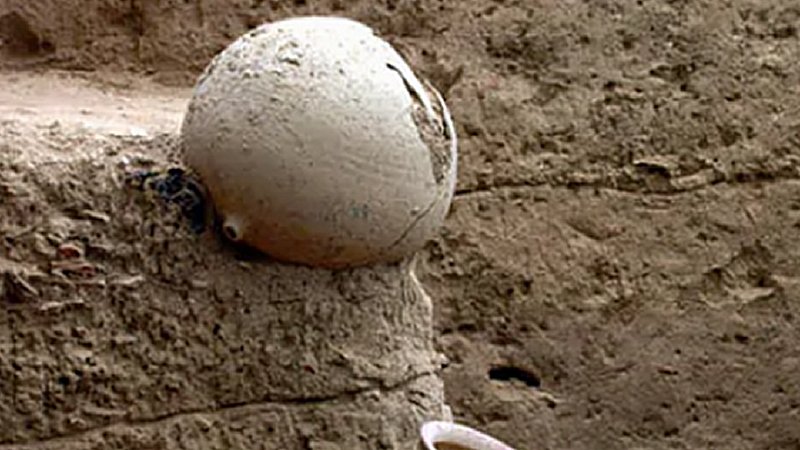Enormous 5,000-Year-Old Harappan Stepwell Discovered In Kutch, India
MessageToEagle.com – People of ancient India were famous for building highly impressive stepwells. The architecture of the wells varies by type, location and age.
Now, archaeologists excavating in one of the largest Harappan cities, Dholavira, in Kutch have unearthed a 5,000-year-old stepwell that is huge is size.
It is three times bigger than the Great Bath at Mohenjo Daro. The site represents the largest, grandest, and the best furnished ancient reservoir discovered so far in the country.
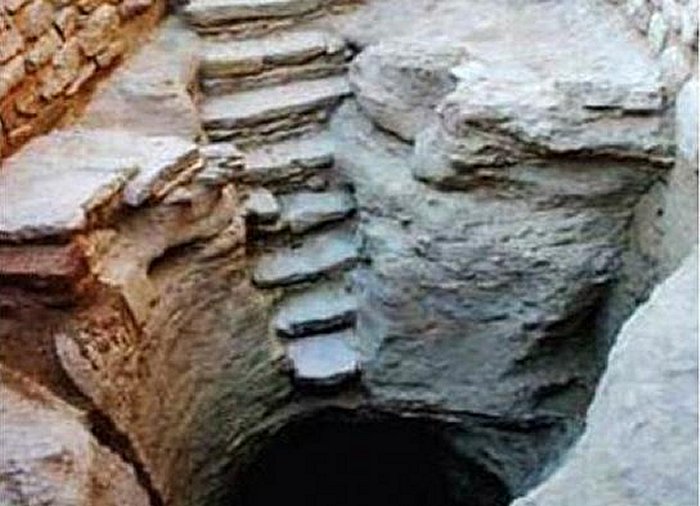
The stepwell is rectangular and 73.4m long, 29.3m wide, and 10m deep. Another site, the ornate Rani ki Vav in Patan, called the queen of stepwells, is already on Unesco list.
Archaeologists plan to study the region closer in December as various surveys have indicated other reservoirs and step wells may be buried in Dholavira.
“We also suspect a huge lake and an ancient shoreline are buried in the archaeological site that’s one of the five largest Harappan sites and the most prominent archaeological site in India belonging to the Indus Valley civilization,” said V N Prabhakar, superintending archaeologist from the Archaeological Survey of India (ASI).
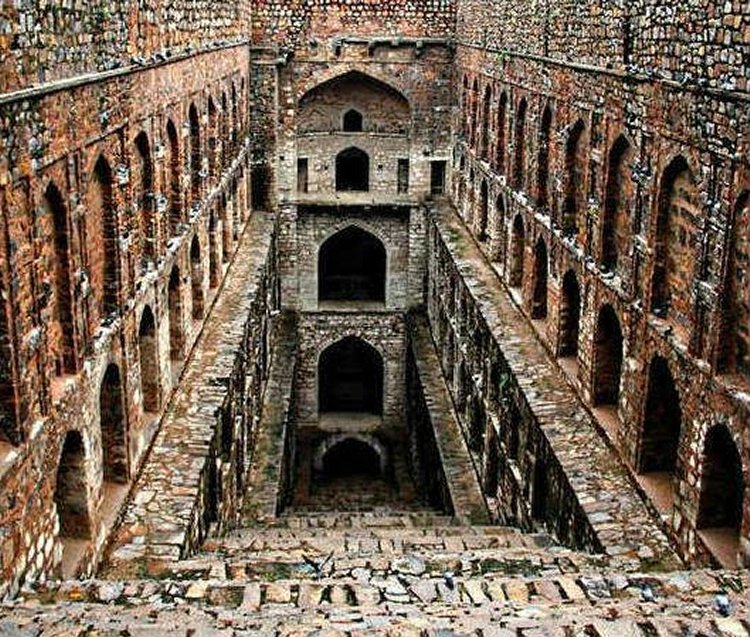
There are several impressive well in India. One of them is Agrasen’s Baoli (Agrasen ki Baoli), a well consisting of 103 steps made of red stone.
Baoli is located in Delhi and as originally built by Maharaja Agrasen, in the Mahabharat era, and later rebuilt by the Agrawal community in the 14th century, most probably during the Tughlaq period.
The stone walls of the Baoli, dressed with inventive designs with a series of arched structure are grim and desolate, but still beautiful.
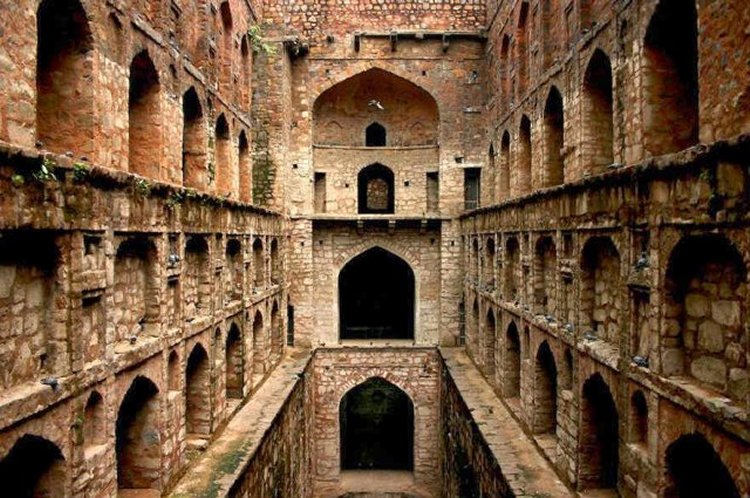
The Baoli is 60 meter long and 15 meter wide rectangular step well, made up of a series of superimposed arches supported on piers or columns.
Some parts of the Baoli are permanently immersed in water, but there exists three levels in the visible area (the area which is above the water) of the Baoli, each of which is lined with arched niches on either sides.
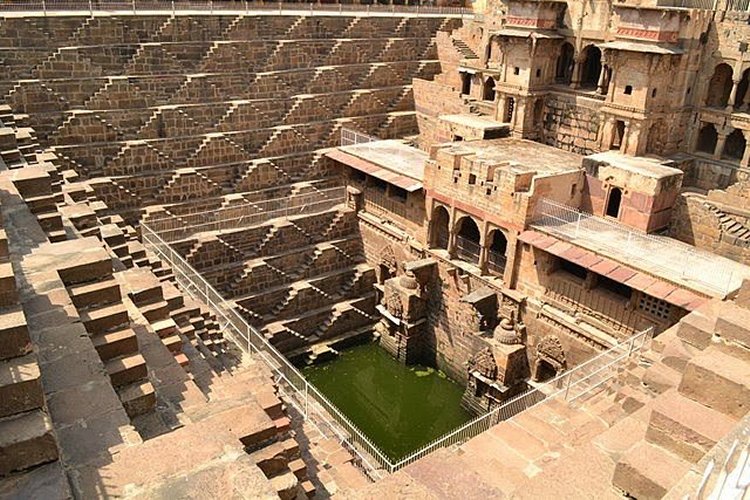
Another very remarkable well is the Chand Baori in Abhaneri, near Jaipur, Rajasthan. It is considered the largest, if not the largest, and perhaps the most visually spectacular stepwells, Chand Baori is a deep four-sided structure with an immense temple on one face. 3,500 Escher-esqe terraced steps march down the other three sides 13 stories to a depth of 100 feet.
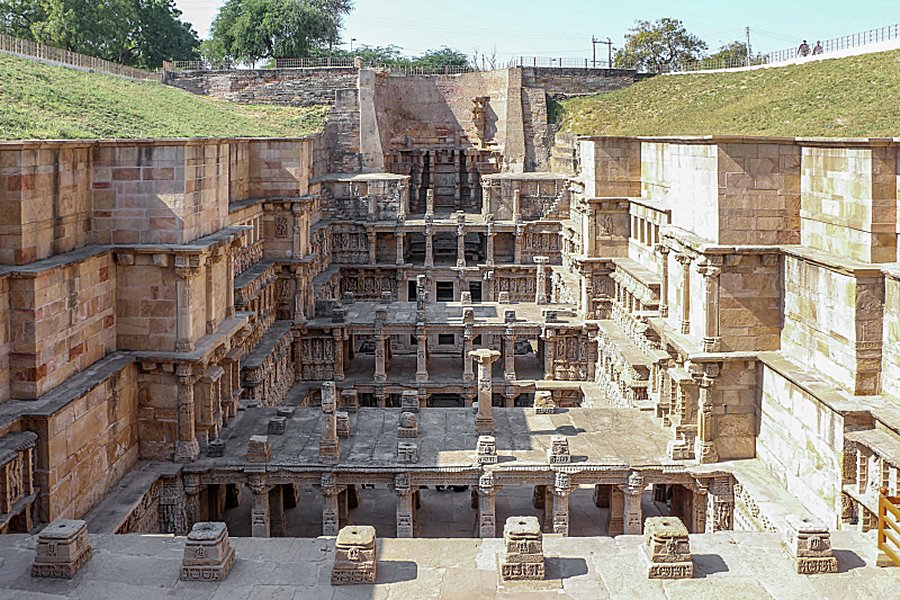
The construction dates to the tenth century, and is dedicated to Harshat Mata, goddess of joy and happiness.
Water plays a special part in Hindu mythology, as a boundary between heaven and earth known as tirtha. As manmade tirtha, the stepwells became not only sources of drinking water, but cool sanctuaries for bathing, prayer, and meditation.
© MessageToEagle.com.







